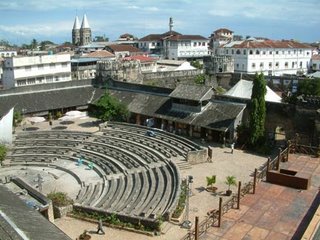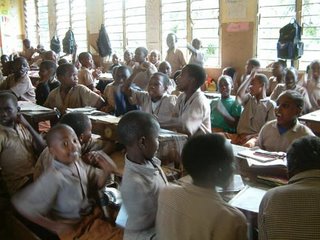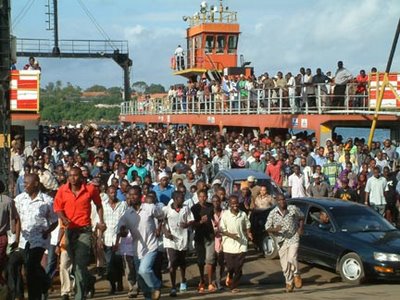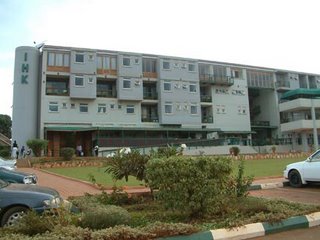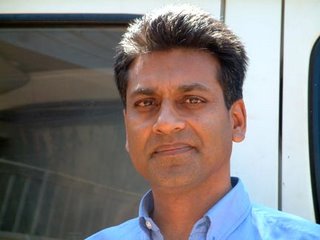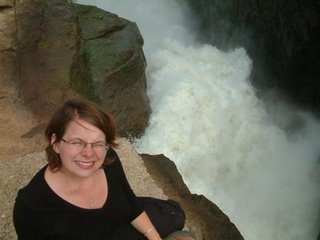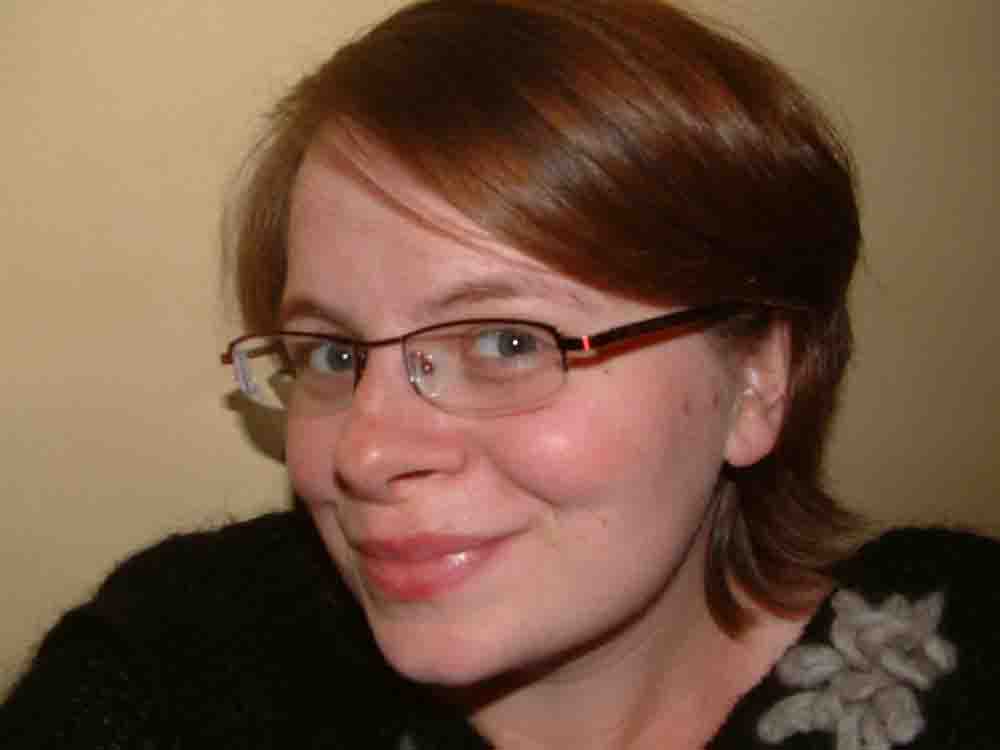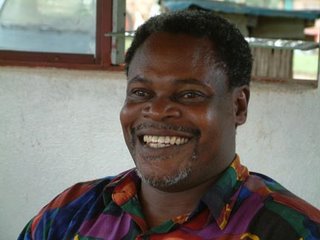
Kagadi, a small town in Western Uganda may be off the beaten track, but what is happening there in the form of Uganda Rural Development and Training (URDT), has more than a few things to show ‘mainstream’ development.
‘Awakening the Sleeping Genius Within Each of Us’ heads the administration building, and it is a motto which has filtered into the very fabric of the place. Established in 1987, through the visionary leadership of Mwalimu Musheshe, URDT is based on a core belief that individuals, when connected with their own goals and visions, are motivated to develop both themselves and their environment. Only when the development process moves from ‘reactive’ to ‘creative’, and when people are viewed as ‘active’ rather than ‘passive’, will lasting change take place. URDT facilitates this planning at a village and individual level, and has build up a host of complementary projects to support the vision.
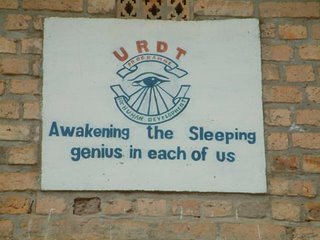
The programmes are designed in a way which demonstrate the inter-relationship between the various development disciplines- health, education, nutrition, sanitation, rural technologies, income generation etc. Included are the following;
-Land and Human Rights Centres- where the local community can gain access to legal information, plus use them as a forum for resolving disputes, such as domestic violence cases and land desertion.
-A community radio station- broadcast to over 4 million people, on which local social issues are discussed. A large body of trained volunteers help to run the station, including pupils from the local schools.
-An Institute for Business, Vocational and Media Studies, involving a whole host of initiatives.. a computer training centre, a demonstration farm, irrigation and solar technologies, bike and car maintenance, carpentry workshops, a mill, a large resource library, an internet café, a ‘green belt’ around the campus and a cultural museum.
- A Girls Secondary School- specifically targeting marginalised and disadvantaged girls in the district, viewing girl child education as an essential leverage point in the overall development process. Currently there are around 250 full time borders on campus.
“We are endeavouring the create a centre of excellence in inquiry, research, documentation, and tapping into the experiences of the rural community to inform our plans, curriculum and interventions’, commented Mwalimu. ‘We started with a view that development can be done differently, from the stereotype of ‘people are poor out there and let us help them out’, to our motto, ‘Awakening the sleeping genius’. Meaning that as a people they have inherent wisdom, they have power within, and what needs to be done is to help them discover that and then unleash that spirit”.
Many, many things impressed me about URDT. One in particular was the girl’s school unique ‘two-generation’ approach to education. It is a place where not only are the girls are educated, but so too their parents. Every term, the girls prepare projects which are relevant to their home and communities. The topic may be anything from business skills to hygiene issues. When their parents arrive at the school, the girls present workshops on the topics. Through this, the benefit of girls education is seen, and attitudes towards gender roles are shifting.
The garden at URDT is also most impressive. Taking a small demonstration plot (the average size of a local holding), they show what can be achieved in the space. They introduce new vegetable varieties to encourage a more varied, nutritional diet. Manual pumps operate. Organic farming and composting are encouraged. Bio-gas is extracted and used to fuel the kitchen. Tomatoes are rotated in the greenhouse.
Sitting with Mwalimu in his round, window-rimmed office ,
‘MBWA’ he says.
‘What?’ I quiz.
‘Management by walking around’.
We laugh.
‘I observe’, he adds. ‘I see what is going on, then I coach’…
‘You see the way we think determines the way we act. If you think you are powerless, then you act powerless. If you think you are powerful, then you act powerful. So that is why we need to move people from just being aware, to take action because they are aware’.
Just then, a cheeky monkey jumps through the window, grabs a lollipop and eats it like a child.

(Mwalimu, Clare, and Jackie Akhello, Director of Programmes at URDT)

